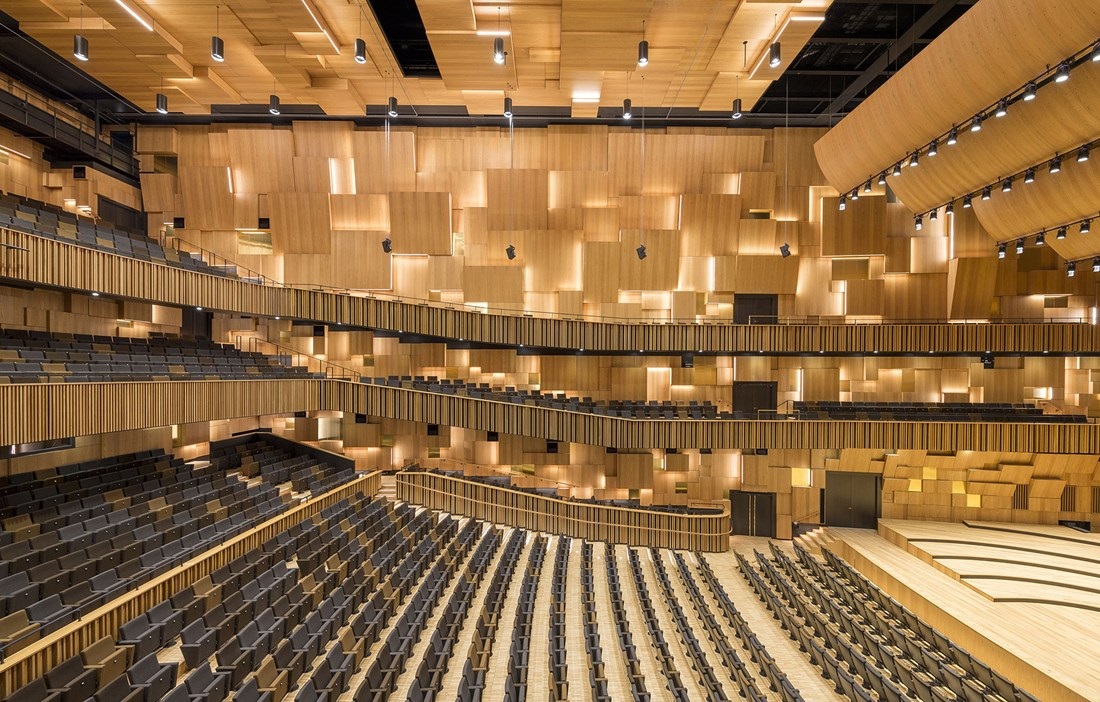When attending a concert or performance in a grand concert hall, have you ever wondered how the music reaches your ears with such clarity and resonance? Behind the scenes, there are numerous elements at play, and one of the unsung heroes of concert hall acoustics is the sound reflector. In this article, we will delve into the world of sound reflectors, exploring their role in creating exceptional auditory experiences and highlighting their significance in concert hall design.
Understanding Sound Reflectors
Sound reflectors are architectural elements strategically placed within concert halls to enhance sound quality and optimize the acoustic experience for both performers and audience members.
These specialized surfaces are designed to reflect sound waves, redirecting them towards desired areas and achieving a balanced distribution of sound throughout the space. Sound reflectors can be made from materials such as wood, metal, or plaster, and their shape and placement are meticulously planned to optimize acoustic performance.
Directing Sound Waves
One of the primary functions of a sound reflector is to direct sound waves towards the audience. In large concert halls, where the stage is often far from certain seating areas, sound reflectors ensure that the music is not only audible but also arrives with clarity and precision.
By strategically positioning these reflectors, sound energy can be redirected, allowing even those sitting in the furthest corners of the venue to enjoy a balanced and immersive auditory experience.
Creating a Sense of Envelopment
Sound reflectors also contribute to creating a sense of envelopment within a concert hall. Envelopment refers to the sensation of being surrounded by sound, as if the music is coming from all directions.
This immersive experience enhances the listener’s engagement with the performance, creating a deeper emotional connection. Sound reflectors are carefully designed and placed to achieve this envelopment effect, ensuring that the music resonates throughout the entire space and envelops the audience in a captivating sonic atmosphere.
Improving Sound Projection
In addition to directing sound waves towards the audience, sound reflectors also play a crucial role in improving sound projection on stage. By reflecting sound energy back towards the performers, these reflectors enhance their ability to hear themselves and their fellow musicians.
This is particularly important in orchestras, where precise timing and coordination are essential. Sound reflectors enable performers to hear the music with greater clarity and accuracy, facilitating a cohesive and harmonious performance.
Design Considerations
The design of sound reflectors is a meticulous process that takes into account various factors. The shape, size, and placement of the reflectors are carefully calculated to optimize the acoustics of the concert hall.
Different materials and finishes may be used to achieve specific acoustic properties and aesthetic preferences. The positioning of the reflectors is typically determined through computer modeling and simulations, allowing for precise adjustments to create the desired sound reflection patterns.
Examples of Sound Reflector Applications
Sound reflectors have been employed in renowned concert halls around the world to achieve exceptional acoustic experiences. The Sydney Opera House in Australia, the Musikverein in Vienna, and the Royal Albert Hall in London are just a few examples where sound reflectors have been integrated into the architectural design. These iconic venues are celebrated for their outstanding acoustics, and sound reflectors have played a vital role in achieving such excellence.
Conclusion
While often overlooked, sound reflectors are the unsung heroes of concert hall acoustics. Their ability to direct sound waves, create envelopment, and improve sound projection is crucial in delivering an extraordinary auditory experience.
Concert halls around the world owe their exceptional acoustics, in part, to these strategically placed elements. So, the next time you attend a concert and marvel at the clarity and richness of the music, remember the silent contributions of the sound reflectors, enhancing your auditory journey and bringing the magic of live performances to life.


